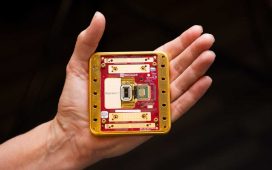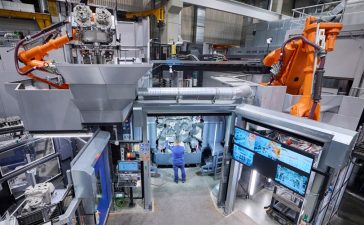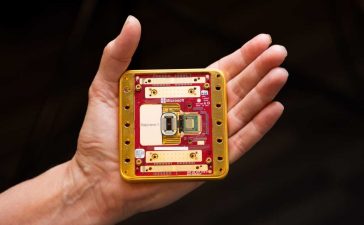
When it comes to some of the tech world’s most impressive offerings, high-performance computing (HPC), also known as supercomputing, often rises to the top of the list. Referring to powerful systems used to crunch the most complex calculations or run incredibly demanding workloads, it’s a rapidly expanding field backed by significant investment.
In this episode, Jane and Rory discuss the current state of HPC, some of the standout companies and projects in the field, and where it’s headed in the future.
Highlights
“As you might expect, high-performance computing isn’t your common or garden computing, you’re not going to use it to do anything that doesn’t require an awful lot of power. We use it for things such as climate modeling, there’s a lot of scientific research which uses high-performance computing. It’s for when you need to crunch an awful lot of data … and do it in a period of time that isn’t going to take you perhaps decades.”
“What’s interesting is Frontier, which you mentioned earlier as the crown jewel for HPE as the most powerful supercomputer in the world, is actually number 11 on the [Green500] list. So not only is it the most powerful computer in the world, it’s among the top in terms of energy efficiency as well.”
“Ultimately, geopolitics moves fast whereas building supercomputers doesn’t. They need special infrastructure, they need special buildings set aside for them, warehouses set up to have them in, and all that kind of thing that takes time, procurement takes time, building takes time. So you might be friendly, at the moment, with another country and you can freely or freely-ish use some of their supercomputing capacity. But that doesn’t necessarily mean that you will be forevermore and also that’s going to be a question of national security.”












